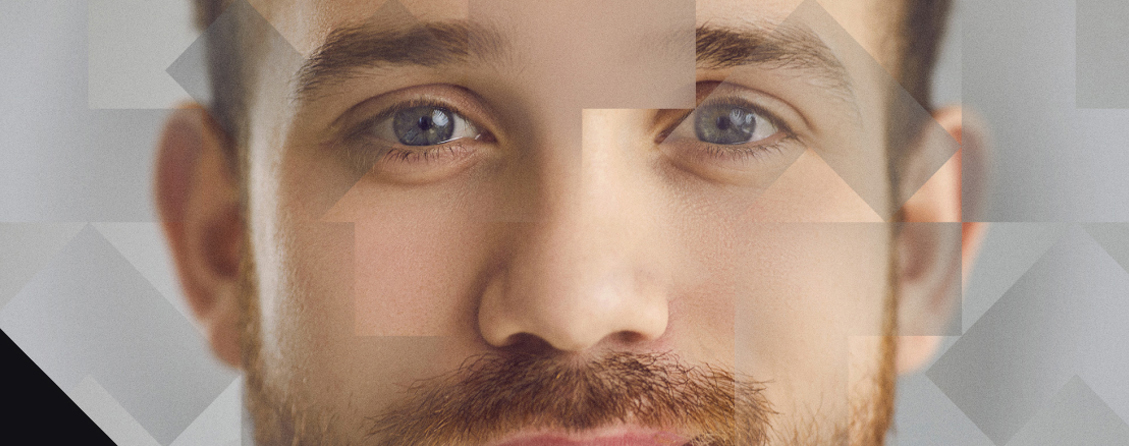Face
Recognition
Identify and verify users instantly with the latest advances in digital identity: face recognition, liveness, face analytics, and more.
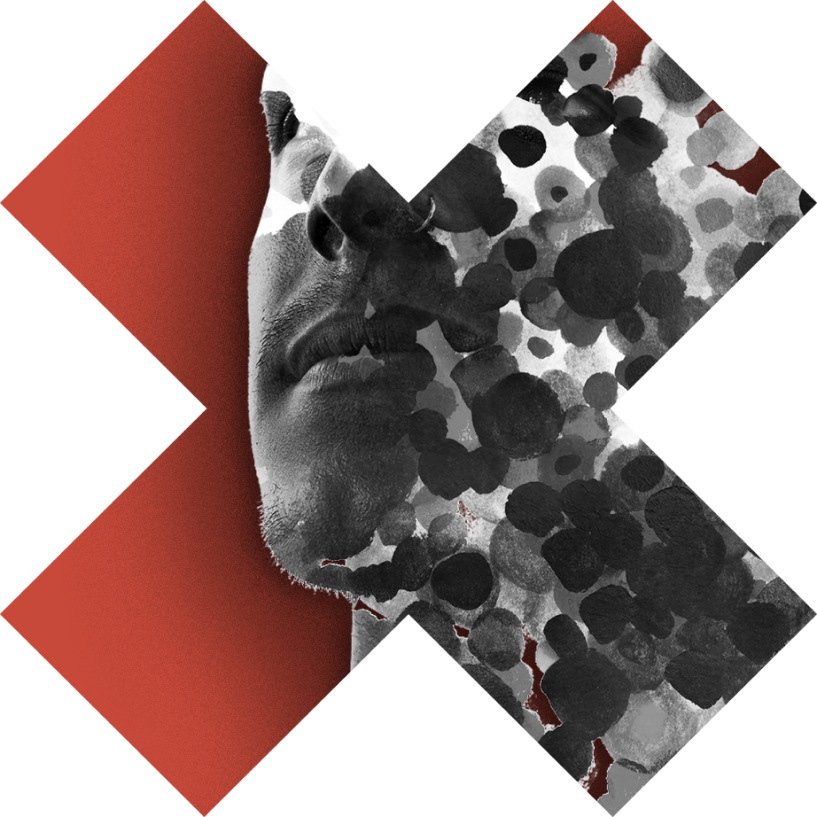
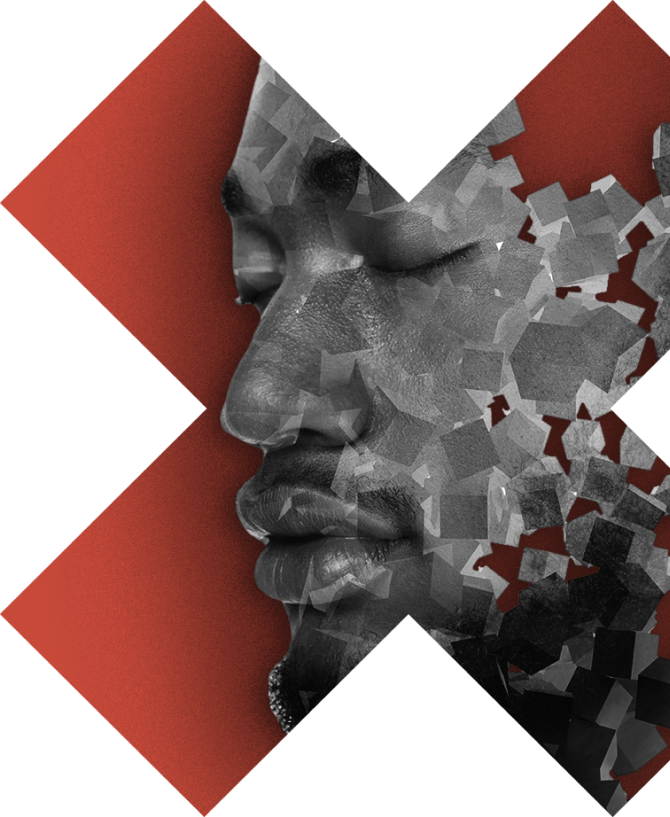
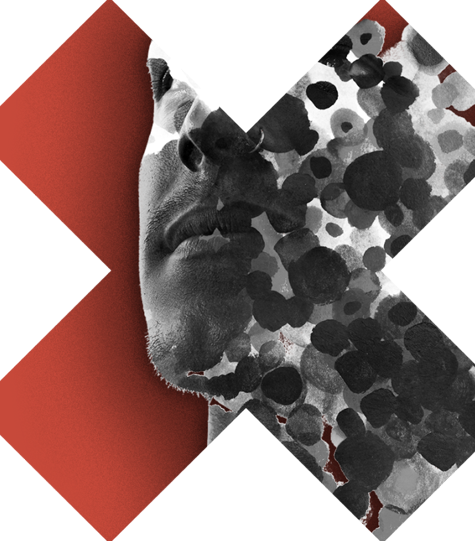

Powering identity for the world’s most demanding organizations.
With 200M+ annual identity verifications, ROC is the #1 global face
recognition provider in combined accuracy and efficiency.
Powering identity for the world’s most demanding organizations.
With 200M+ annual identity verifications, ROC is the #1 global face
recognition provider in combined accuracy and efficiency.
APPLICATIONS
CAPABILITIES
Identity Verification
#1 Global Face Recognition Provider in Combined Accuracy and Efficiency
ROC helps leading brands prevent fraud and create secure, reliable digital identities. Our American-made identity toolkit, including IDV, global ID proofing, and liveness, combines speed and reliability with zero-knowledge proofs to optimize security, usability, and privacy.
Biometric Enrollment
Onboard Real Customers, Not Fake ones
Enroll customers in seconds with frictionless identity verification and onboarding. ROC omnichannel identity verification, powered by best-in-class, NIST-ranked biometric capture, is trusted by leading brands worldwide.
ID Proofing
Build Trust in the Digital World
In today's consumer landscape, simplicity and trust are paramount. ROC takes a human-centric approach to ID proofing, helping businesses verify identity data, authenticate IDs, and confirm liveness with maximum accuracy and minimum fuss.
Age Verification
Verify Age with a Selfie
The top U.S. age estimation provider as ranked by NIST, ROC helps businesses implement highly accurate age verification measures that prioritize user safety and privacy, while ensuring compliance with evolving age-related regulations.
Liveness
Stop Imposters in Their Tracks
ROC Liveness ensures that only genuine users get access to your products and services. Seamless selfie identification with iBeta Level-2 compliant photo, video, avatar, and silicon mask detection.
Face Analytics
Go Beyond Identification
Unlock detailed demographic data and powerful insights into human behavior. Analyze age, gender, geographic origin, and facial expressions to gain a deeper understanding of your audience.

Deployed by
Plaid | AuthenticID | Aware | Mitek
PRODUCTS
Reimagine What’s Possible
Tap into the power of the all-in-one ROC SDK. Integrate gamechanging biometric and Vision AI capabilities with just a few lines of code.
PRODUCTS
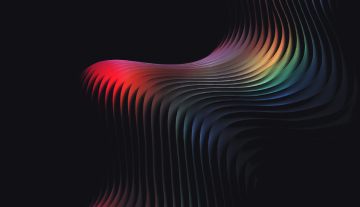
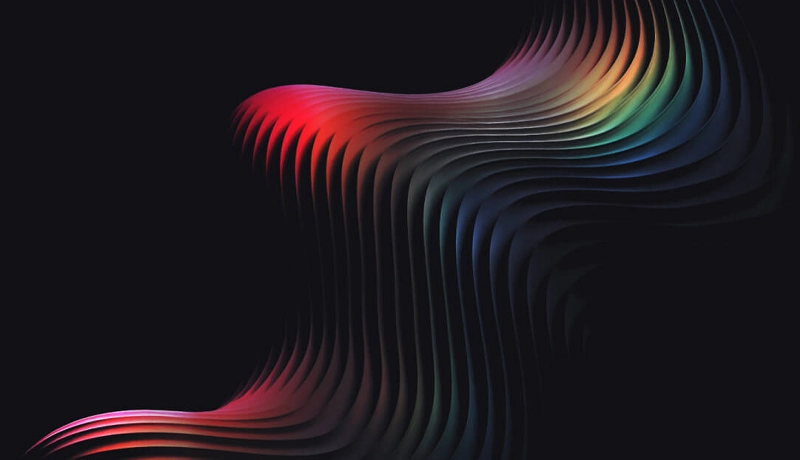
Reimagine What’s Possible
Tap into the power of the all-in-one ROC SDK. Integrate game changing biometric and Vision AI capabilities with just a few lines of code.
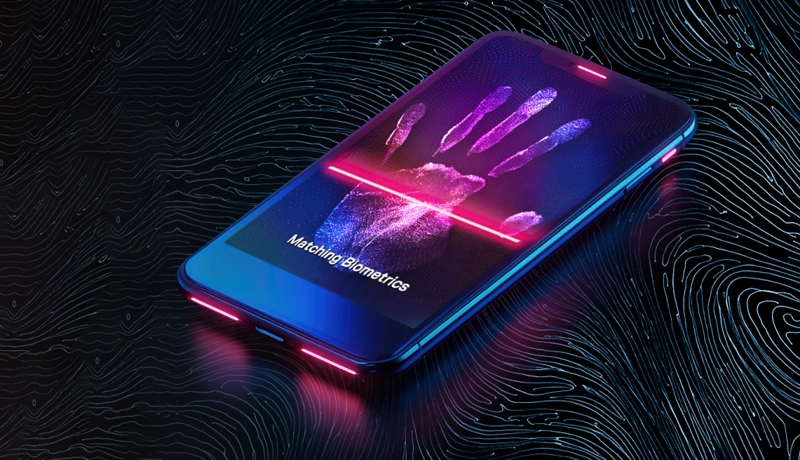


The Future of ABIS
Supercharge your biometric
identification with the agile,
affordable, American-made ABIS.
WHY ROC
Visionary AI
We build Vision AI into a force multiplier for defense, national security, and digital commerce to augment human capabilities and serve the greater good.
01
Fully multimodal
The most robust biometrics arsenal under the sun. Next-gen Vision AI, ABIS, and video intelligence powered by #1 global NIST-ranked algorithms.
02
Next-gen efficiency
Speed is a financial advantage. Scalable algorithms and modular frameworks reduce costs by simplifying systems, streamlining development, and unleashing peak cloud performance.
03
Highest fidelity
Powerfully lightweight algorithms built on massive datasets for precision applications with near zero bias. Optimized for mobile and edge. Deployed with a few lines of code.
04
Easy to work with
Focus on innovation, not integration. With personalized support, flexible pricing, and cross-platform interoperability, ROC SDK has everything you need to ship with confidence.
Science-based biometrics. Forged with responsible AI.
Build with ROC.
Schedule a free trial or demo.
FREQUENTLY ASKED QUESTIONS
How does Face Recognition work?
This is a loaded question! Although it’s hard to answer this easily, our Chief Scientist and Co-Founder, Brendan Klare, elaborates on how Face Recognition software works and some of its use cases in this blog post.
The long story short is that an algorithm injests a photo or video, identifies face(s), and generates a face template, which is a numerical encoding of a face. From there, the template can be compared to another template to determine if they are the same identity (1:1), or it can be compared against a large set of templates to determine if the same identity appears in the set (1:N).
Each Face Recognition algorithm vendor has a different and proprietary approach; this is why each vendor has different levels of performance across various factors. To get a better understanding of the differences in performance between Face Recognition algorithms, the National Institute of Science and Technology (NIST) conducts ongoing 1:1 and 1:N Facial Recognition Vendor Tests (FRVT), which have become the go-to sources for Face Recognition benchmarking across a wide range of conditions and datasets. Here, you can find the most recent NIST FRVT 1:1 and NIST FRVT 1:N reports.
NIST also produces individual “report cards” for all Face Recognition vendors. ROC.ai’s 1:1 and 1:N report cards can be found here.
What sets ROC.ai apart?
ROC is the only Western-Friendly Face Recognition provider (developed entirely in the USA) that NIST FRVT ranks in the top 10 for accuracy and efficiency across all use cases.
Don’t just take our word for it! See the latest NIST FRVT 1:1 and 1:N reports, as well as ROC.ai’s individual 1:1 and 1:N report cards for more details about our performance.
ROC is hardware agnostic which makes us very cost effective, whereas a lot of providers have costly hardware requirements.
ROC's lightweight software package and tiny template size allow for deployment on-edge or in the cloud using minimal computing resources, hence saving the customer from excessive and exorbitant hardware costs.
What is a face template?
What OS requirements do your products have? What architectures are supported?
Do you process on the edge or on the cloud?
What types of use cases do you support?
What is the largest gallery of face images that ROC.ai can support?
Do you work with masks?
Does your face recognition algorithm work on children?
- Rapid physiological development – Early adolescence is a time in physiological development when the face and cranium experience major changes.
- Availability of data – Face Recognition algorithms exhibit high performance on population segments on which they have been trained. Training data for minors is not as readily available as data for adults.
- The time span between enrollment and subsequent matching is especially important to consider when Face Recognition systems are used with younger populations. Overall, we estimate that Face Recognition works well on people over the age of 11.
How good are ROC.ai’s Face Recognition capabilities?
We recommend consulting the NIST FRVT 1:1 and 1:N reports, which presents a full-picture of each Face Recognition algorithm vendor’s performance, as well as how they stack up against each other.
